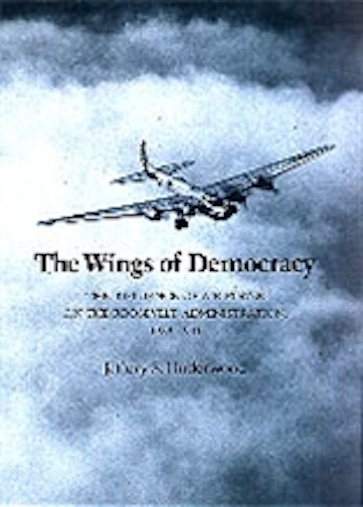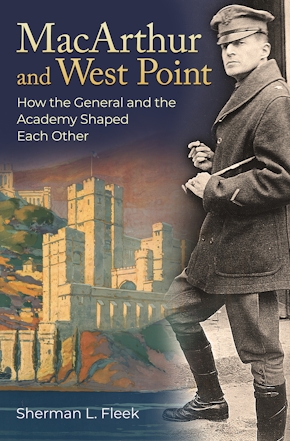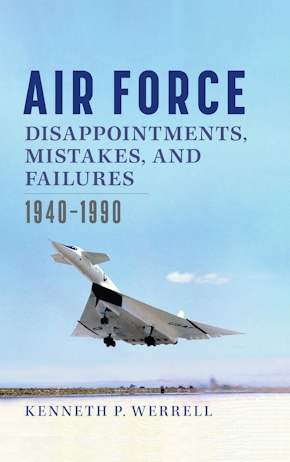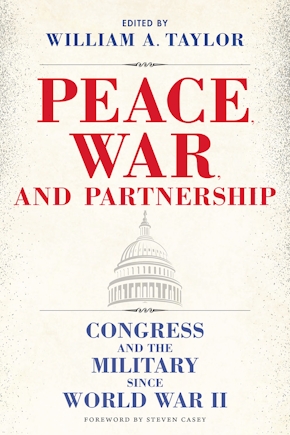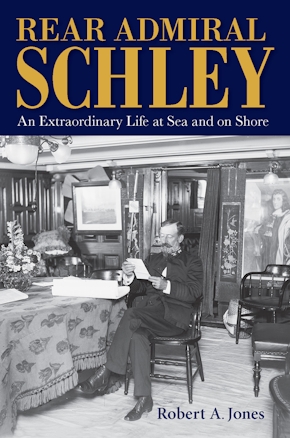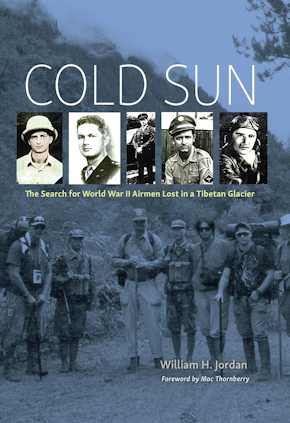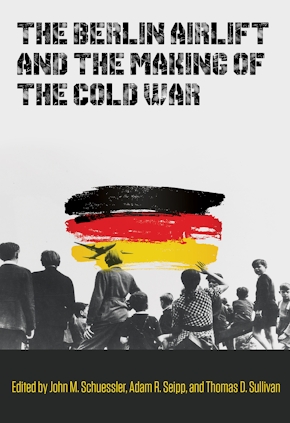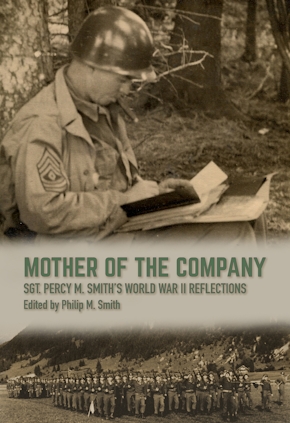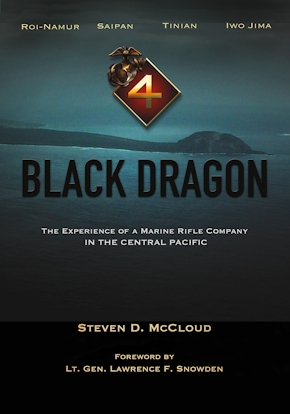The Wings of Democracy
The Influence of Air Power on the Roosevelt Administration, 1933-1941
978-0-89096-388-3 Cloth
6 x 9 x 0 in
248 pp. 18 b&w photos.
Pub Date: 12/01/1991
Available
BUY NOW
- Cloth $44.95 s
After the air corps failed to carry the air mail in 1934, a number of air corps officers started a concerted effort to promote themselves as "team players" who had given up the caustic, separatist attitudes of Mitchell. By the beginning of World War II, they had convinced Roosevelt, Congress, and the General Staff of the air corps's efficiency, as evidenced by Roosevelt's air corps expansion programs and the army's war plans.
After the war in Europe substantiated many of the claims about air power, especially the ability of land-based airplanes to force unprotected naval forces to withdraw, Roosevelt and his military advisors placed increasing emphasis on the role of the air corps.
Jeffery S. Underwood's book moves away from the traditional studies of air power. By examining how the leading officers in the air corps developed political skills and used them to win the trust and support of their superiors, it shows that the political and military leaders of the United States were not suddenly forced to accept the importance of air power by the war in Europe. Rather, they had already been awakened to the potential of air power by the efforts of politically astute air corps officers.
Williams-Ford Texas A&M University Military History Series
About the Author
Reviews
Published by Texas A&M University Press
